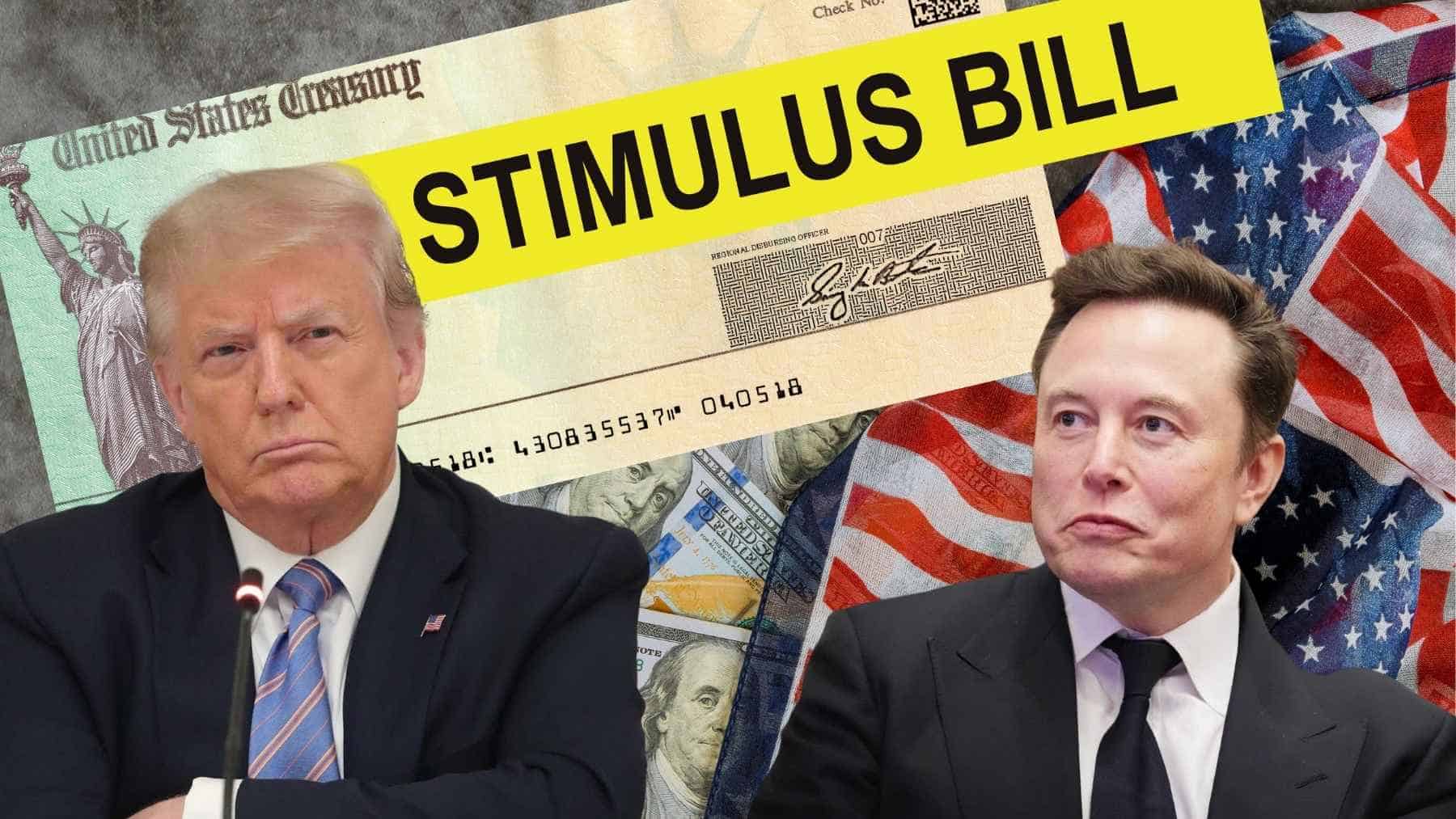As a taxpaying American, would it still be realistically possible to receive a stimulus check, a $5,000 dividend check or some sort of DOGE refund? And if so, would this amount now be taxable? How would one even meet the qualifications?
Before getting into the details of this, it is important to distinguish the differences between a dividend and a stimulus. A dividend, simply put, is when a corporation distributes its profits amongst shareholders. A stimulus, at its crux, is aimed at stimulating the economy, meaning it is a direct payment made to the consumer so as to encourage spending.
Are DOGE dividend checks more of a stimulus or not?
In this regard, GoBankingRates has determined that “if the DOGE dividend checks are treated as federal tax refunds, they likely wouldn’t be subject to taxes. But, if the checks are classified as actual ‘dividend’ checks, then there would be federal taxes on them based on income.”
As such, just last week, the Department of Government Efficiency (DOGE) website revealed that is has estimated around $160 billion in savings so far. This means that each individual federal taxpayer can save almost $1,000.
During an April 8 interview with Chris Cuomo, when asked, “Do you think it is going to happen?”, the Azoria investment firm CEO James Fishback who also authored the idea of the DOGE dividend responded with, “Yes, I really do believe it will happen and I’ve got unique information because I’ve been on the Hill for the last two weeks, meeting with members in the House and Senate.”
Fishback further claimed that he has garnered the support of many important figures including President Donald Trump, special government agent Elon Musk, and economist and Director of the National Economic Council, Kevin Hassett.
Elon Musk, at a March 30 rally in Wisconsin, also reiterated that this DOGE dividend check was ultimately up to the president and congressional approval. This meant that only if and when the president and congress decided so, would these cost saving measures “result in whether a check is cut or not to taxpayers.”
“As government spending is made more efficient and spending is reduced, the tax by inflation is reduced,” Musk explained at the rally. “So one way or another, you will effectively be better off if resources in the United States are not wasted.”
“We’ve made a lot of progress but there’s still a tremendous amount of work to do,” Musk added.
Who will qualify for the DOGE dividend check?
The mission of DOGE is to “slash federal spending, speed deregulation and modernize federal technology and software to maximize governmental efficiency and productivity.”
Now, according to Fishback’s proposal, the DOGE dividend has been positioned as a refund “sent only to tax-paying householders.” Additionally, he noted that these DOGE checks would not be inflationary because they are to be “exclusively funded with DOGE-driven savings, unlike COVID stimulus checks which were deficit-financed.”
This means that these checks would only be sent to households with income above a certain threshold, rather than being sent out “indiscriminately” like the COVID stimulus checks were. Furthermore, regarding the COVID stimulus checks, Fishback also said, “A lot of low-income households essentially saw transfer payments of 25% to 30% of their annual … income. This exclusively goes to households that are net-payers of federal income tax, and what that means is that they have a lower propensity to spend and a higher propensity to save a transfer payment like the DOGE dividend.”
“I’m honored to have the president’s support, but the plan is very simple,” Fishback added. “DOGE is going to save X amount of money over the next couple of years. Let’s take 20 percent of that and send it right back to the hard-working taxpayers who sent it to D.C. in the first place.”
In short, the dividend check will only be sent to households that pay more in taxes than they get back. This means that lower income American taxpayers will not meet the eligibility requirements for this return.

